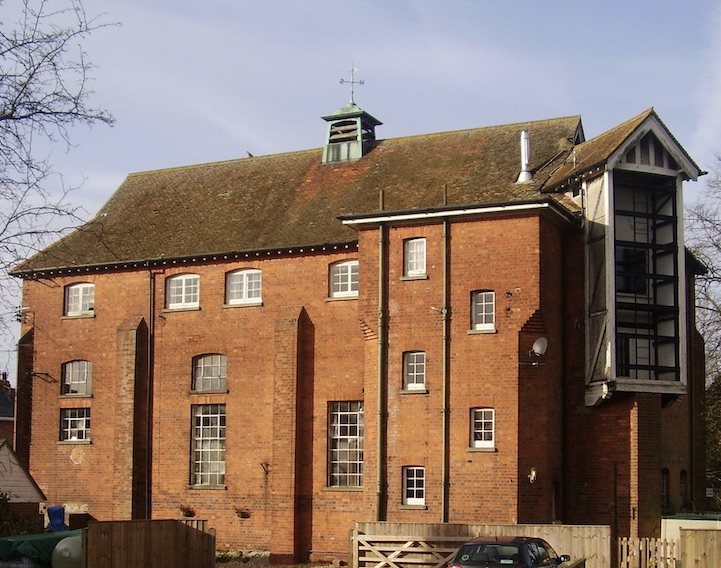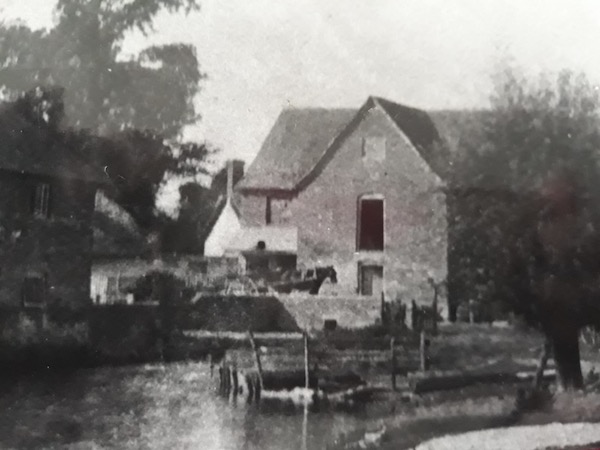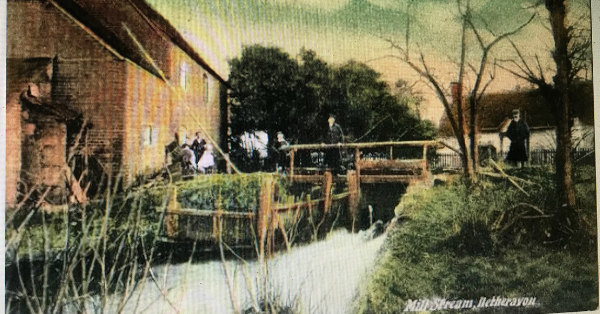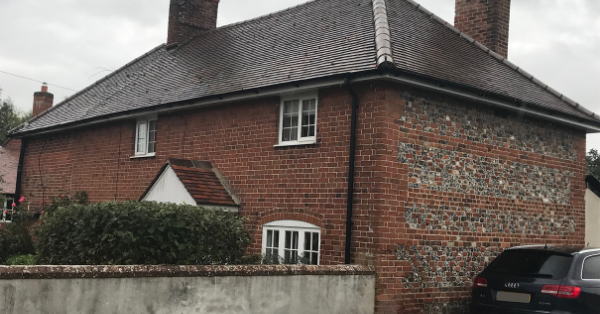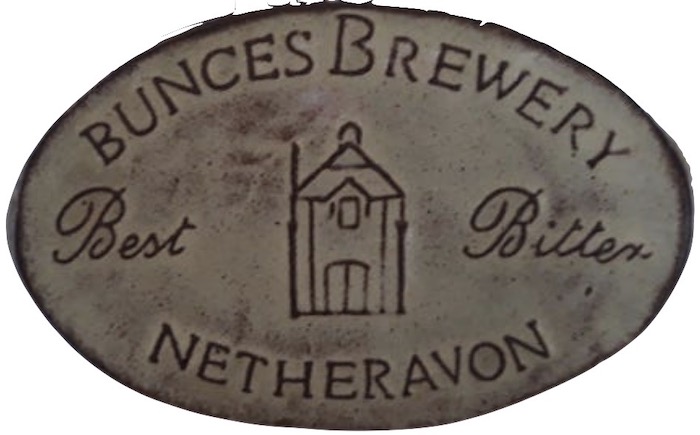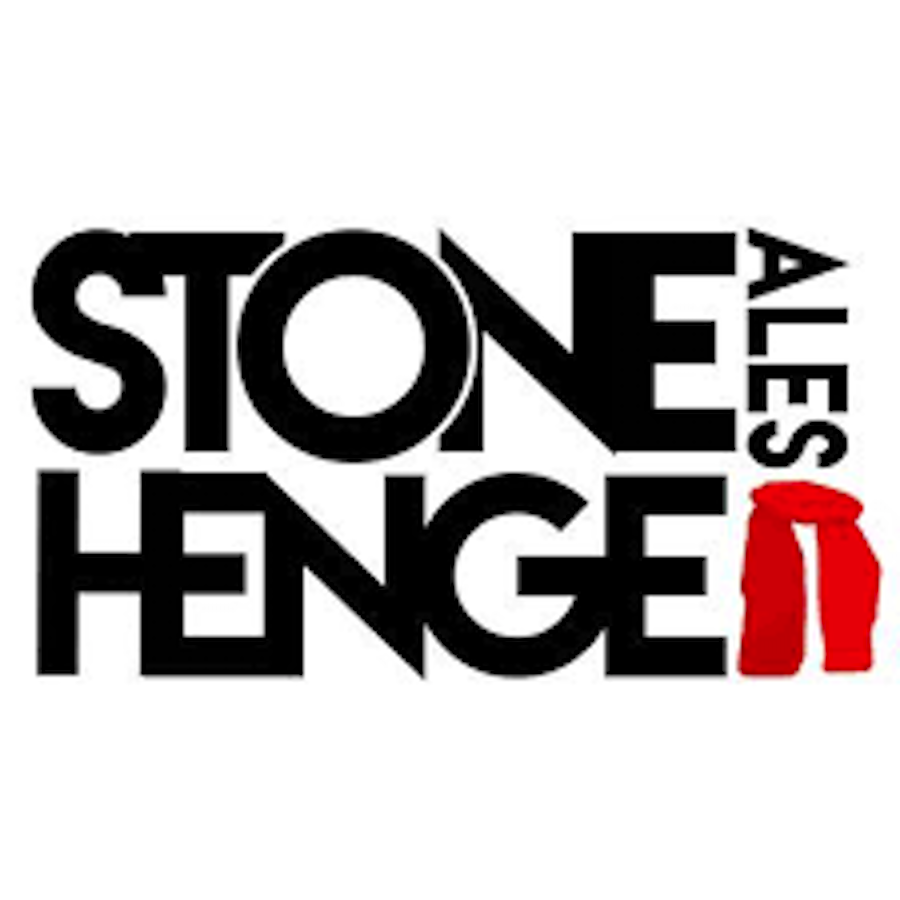History of the Three Mills (Up to the First World War)
In 1086 there were three water mills in Netheravon. Two of them were probably in the same building or nearby, in what is now Mill Road. The third was likely to have been south of the later Choulston bridge.
Mills were essential for grinding corn and a good source of income for their owners.
Without relevant maps it is difficult to know which mill is being referred to in the records. The following is a possible interpretation:
A mill – probably south of the later Choulston bridge was in disrepair by 1265 and could have been a relic of the community which once surrounded the church and Roman villa. The Romans used water mills and may have brought the technology to Britain.
Records indicate that there were two water mills at the present Mill Road site from at least the C16th. By 1185 a mill had been granted to the Templars and leased to a priest. This could relate to one of them.
During the C13th what could have been the second mill was rented by William Trenchefoil and his heirs from the Earl of Winchester. This continued into the C14th when it was sold with a meadow to Willian Hankeford in 1393. Ownership eventually passed in to the hands of the Hicks Beach estate in the later C18th, then to the War Department in 1898. The mills were always tenanted, paying a rent to the owners.
C20th History of Netheravon Mill
Demolition for the power station
The grinding of corn powered by the water mill continued until about 1911. In 1913, as part of the acquisition of the area by the War Department, the mill became part of the lease to Herbert Sheppard, the local blacksmith. He rented the farm buildings formerly known as Newton’s Farm, which then became known as Mill Farm and with his family of six children moved into the Mill House until 1920.
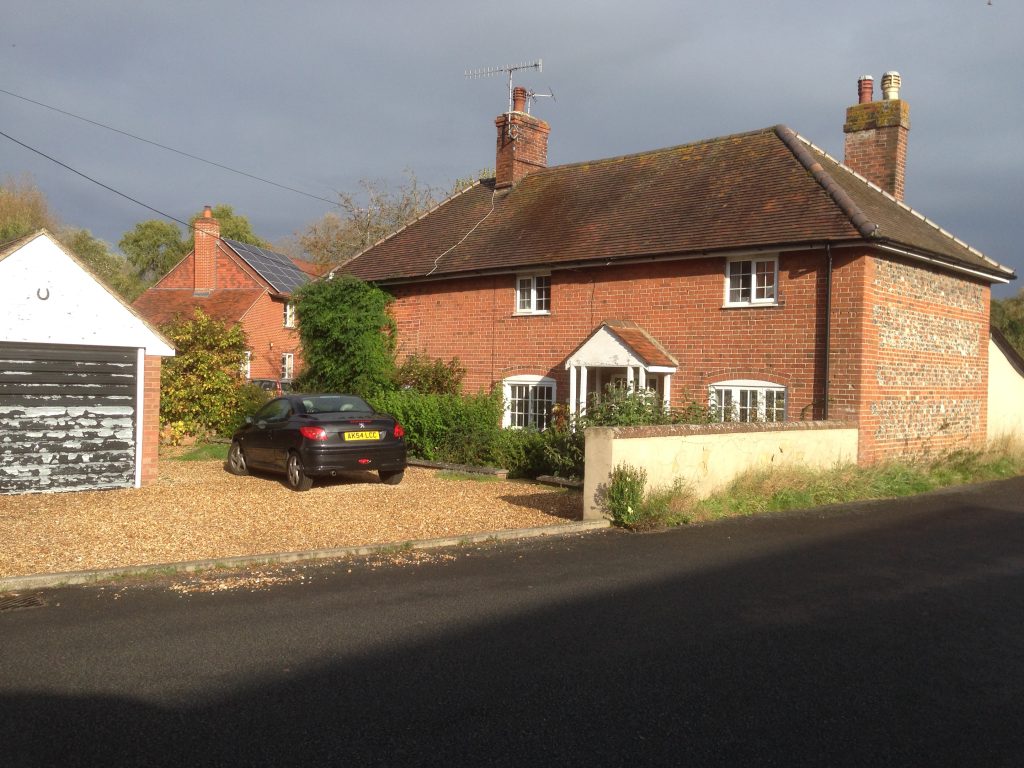
The connection of the farm with the mill soon ended with the coming of the First World War (1914-18) when the old mill was demolished and what you see today was built.
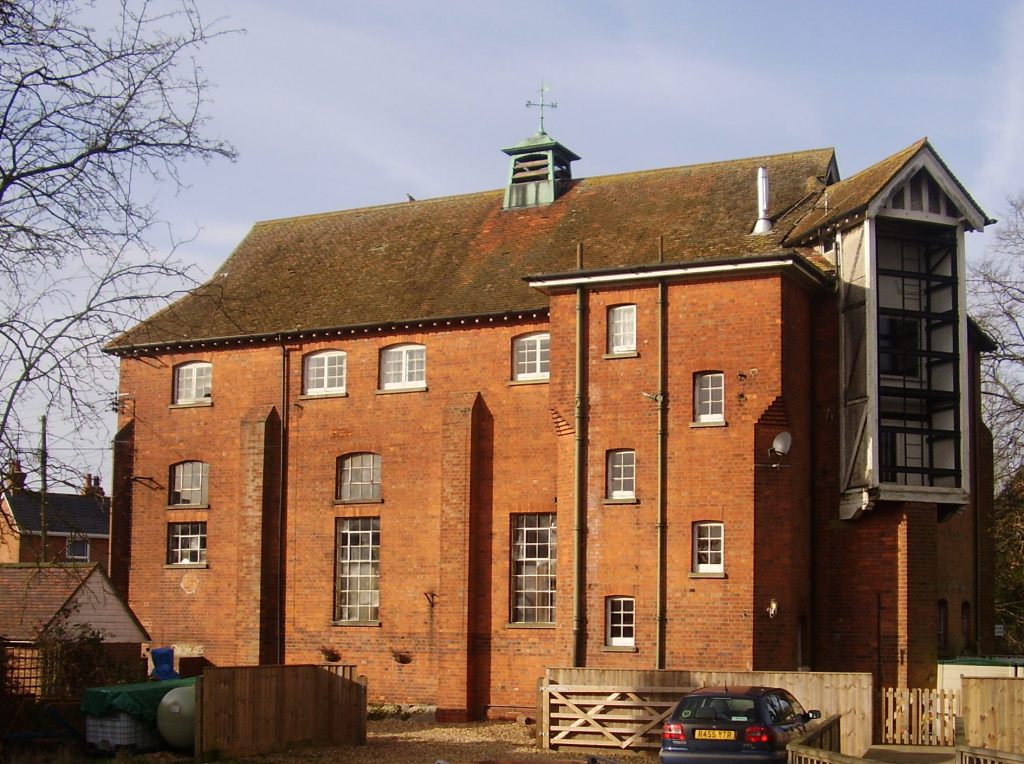
In 1914 electricity was needed at the Airfield Camp and a water powered turbine was installed in the new brick structure to produce it. Direct current wires were fixed at the top of the building facing the camp.
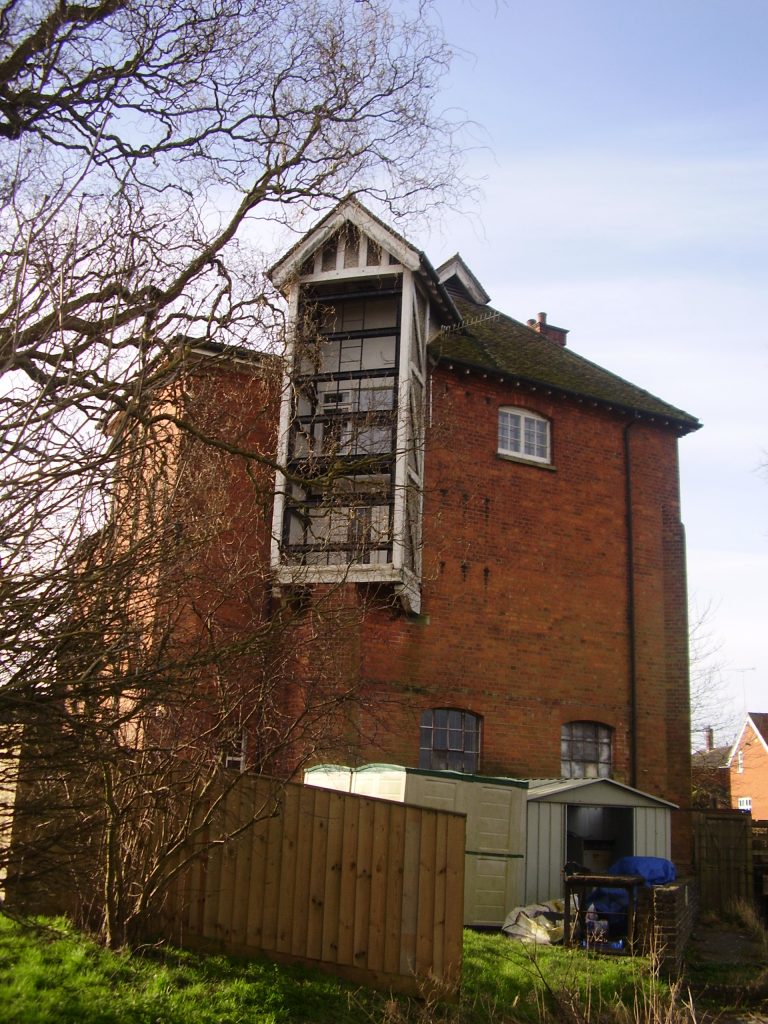
We don’t know for how long electricity was produced from the mill but there is evidence of its many uses since the 1930s. Throughout its life the mill pond was a popular but dangerous swimming spot. We know of at least two little children who lost their lives there.
Netheravon Boxing Club
Boxing was a good way for young ment to keep fit, before the days of gym equipment, and there were many clubs for boys. There was a club in the mill from about 1930. Local boxers included Don Sainsbury, Fred Hiscock and Fred Phillimore from Enfold. Fred recorded his exploits in his memoir ‘Enfold Days’.
The photo below shows members of the club in the 1930s including brothers Les and Robert Walford (top row far right). During that time Robert Walford won the Buddle-Atkinson Challenge Cup which was presented to the boxing club by Captain Frank Buddle-Atkinson on the 26th October 1937. The Walfords lived in Court Farm Road.

Professional boxer Freddie Mills, active 1936 – 1950, and Light-heavyweight champion of the world 1948 – 1950, frequented the club. A RAF sergeant, he was stationed at Netheravon and Upavon during and after the war and worked there as a fitness trainer. He took part in 102 professional contests.
Secret map making at Netheravon Mill – some new research……..
We are only just finding out about the secret map making which went on in the mill during and after the Second World War. We have learned about it from Kath Knight (born 1931), Roger Hayward and others in the village. Kath carried out this top secret work with other local young women, the task being to create canvas maps, presumably to be used in the war zone. Entry to the building was to the rear, down some steps where paint was stored and mixed. An outline copied from a paper map was put onto the canvas which was then painted; they used pieces of sponge to create trees and hedges, rubber for houses. It was chilly work, done on the floor of the mill with the water rushing through below and there was a strong smell of paint and glue. In summer the maps were put outside to dry then rolled up to be taken we know not where.
Netheravon and surrounding villages were very involved in the war effort, with army and air force personnel billeted there, as well as evacuees. Civilians were employed on the camps and dances held in the mill and Fittleton Hall – all made welcome.
The mill as community hall
Later uses of the mill included dances, cubs, brownies, guides and scouts.
The Brewery
In the late 1970s the mill became a fibreglass factory run by Mitchenalls of Durrington. It was finally sold by the MOD (Ministry of Defence) in 1983 and became Bunce’s Brewery in 1984. In 1993 it was sold to Danish brewer Stig Anker Andersen who began producing “Stonehenge Ales”. One of their beers was called “Great Bustard” to celebrate the re-introduction of this large bird onto Salisbury Plain, thus firmly rooting the business into the local landscape! They supplied their beers and also Stonehenge Spring Water to the Stonehenge Visitor Centre.


